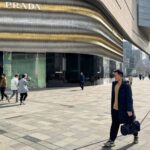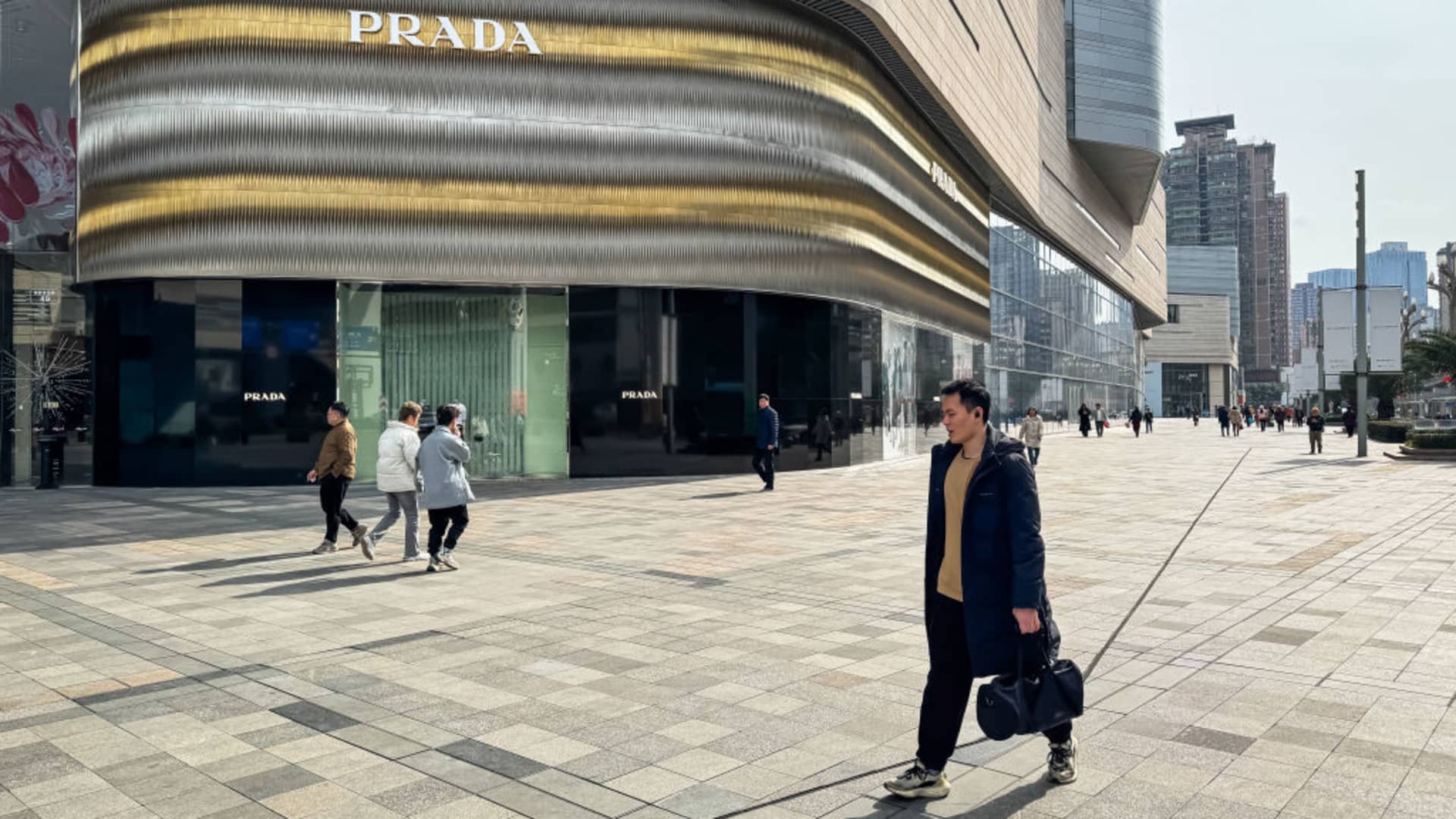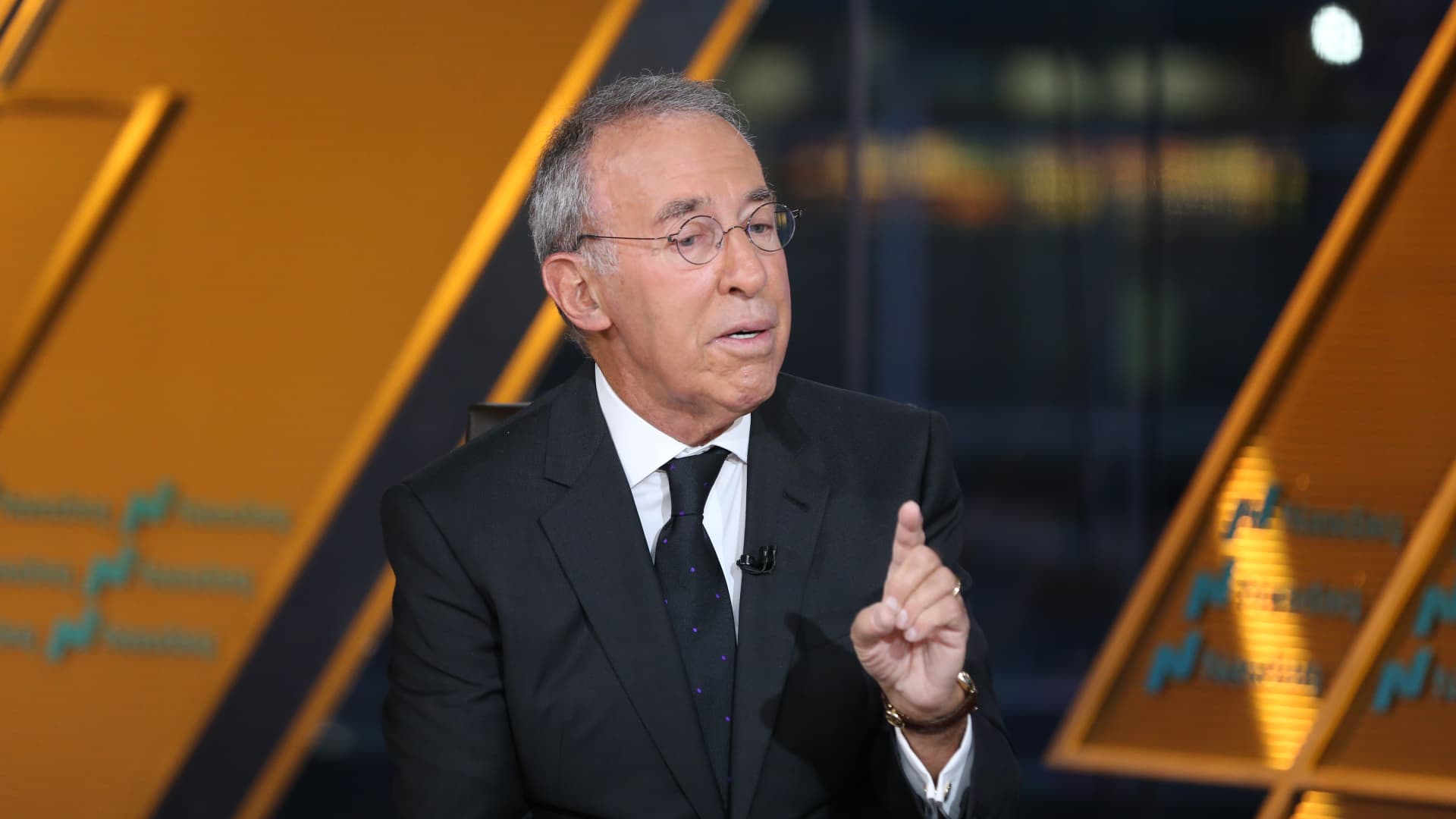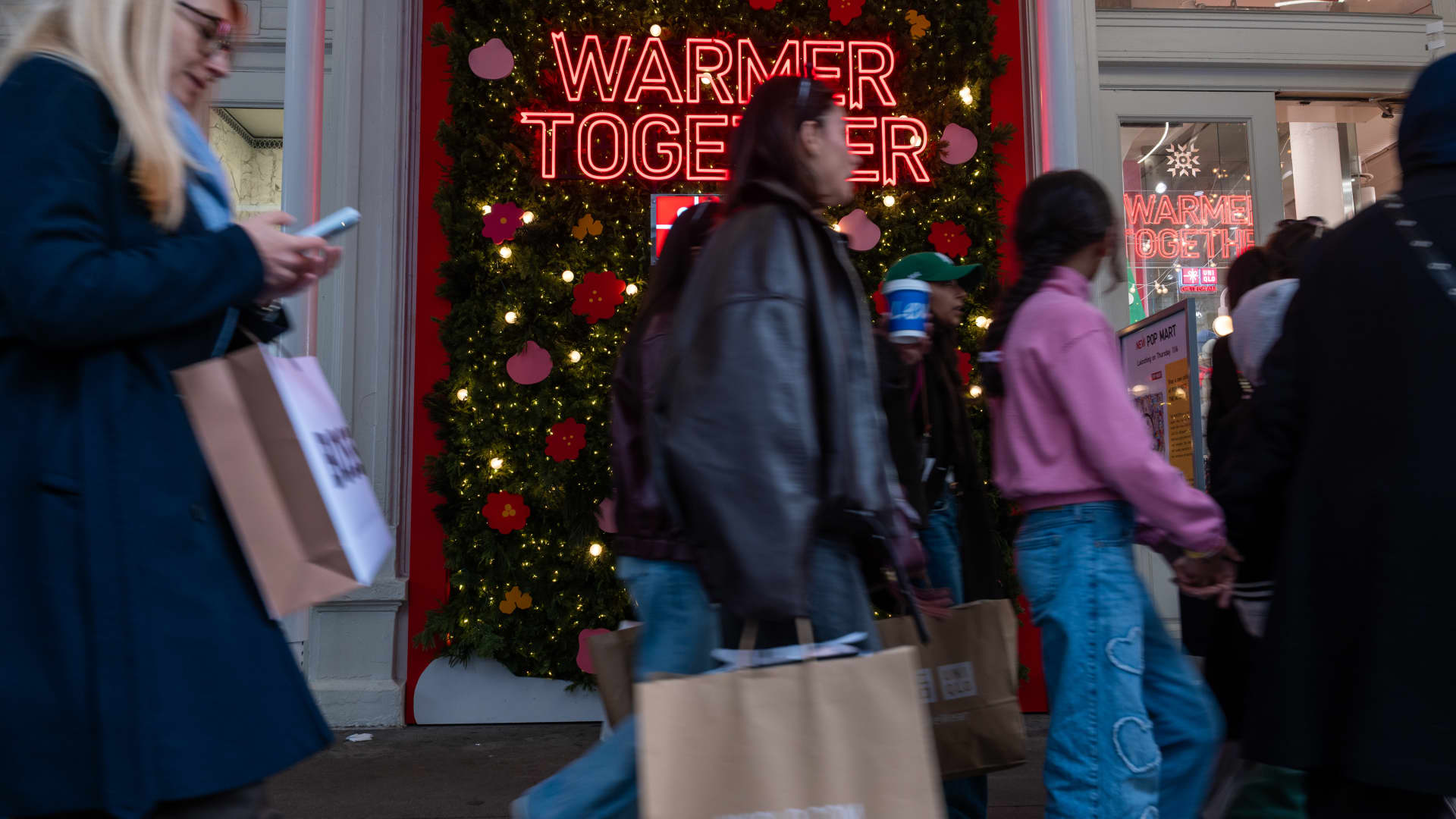People walk past a Prada storefront located in a modern shopping complex on January 26, 2025, in Chongqing, China.
Cheng Xin | Getty Images News | Getty Images
Chinese shoppers are returning to luxury. Top executives from Prada, Coach, EssilorLuxottica and Value Retail told CNBC they’re seeing demand in China stabilize after months of weakness, even as the broader luxury sector continues to report softer spending among Chinese consumers at home and overseas.
China was on track to become the world’s largest luxury market during the coronavirus pandemic, but the sector has slowed sharply since then. High youth unemployment, a prolonged property downturn and weaker household confidence have weighed on discretionary purchases, particularly among middle-income shoppers.
Speaking to CNBC’s Charlotte Reed at the JPMorgan Global Luxury and Brands Conference in Paris, France, executives said they are beginning to see a change in spending patterns. Andrea Bonini, chief financial officer of Prada Group, said the company is “cautiously optimistic.”
“We do see things stabilizing, indeed,” Bonini told CNBC, adding that “the structural trends in this industry are still there, and are still there in China as well.”
Prada’s CFO said a more “normalized” backdrop may only emerge in 2026 after the sharp swings that followed the pandemic.

Coach is also seeing strong momentum. CEO and brand president Todd Khan told CNBC: “We had a fabulous quarter. Our China business grew by 20%,” a trend he said has held for several quarters. Coach’s positioning has helped attract a more cautious consumer, he said, adding: “Our sweet spot in China, particularly if the consumer is more cautious, really resonates.”
The company is deepening its on-the-ground presence, with 25 years in the market, co-design studios in China, and expansion in regional hubs such as Wuhan. Coach has also been somewhat insulated from U.S. tariff exposure.
“So, 40% of our growth is international. So, for international, those U.S. tariffs that you’re referencing have no impact,” Khan said.
Signs of growth
Recent earnings support that view. UBS research shows Burberry’s Greater China sales rose 3% last quarter, beating expectations for flat growth, while Richemont said sales to Chinese customers were “almost flat” — a sharp improvement from earlier double-digit declines. UBS added that Richemont delivered 10% APAC growth and saw improving momentum into year-end.
LVMH, for its part, has pointed to early signs of stabilization. Last month, the luxury giant reported 1% growth in the third quarter — its first quarterly increase this year — with CFO Cécile Cabanis telling analysts that “mainland China turned positive in Q3,” according to Reuters.

Still, analysts have warned against assuming a full rebound.
Chiara Battistini, JPMorgan’s head of European luxury, told CNBC it is “early to call it a turnaround and a complete inflection,” noting that the apparent improvement came against “a particularly easy” comparison base. Some of the uplift, she said, reflected spending being repatriated back into mainland China rather than a broad-based acceleration.
The overall picture across the “total Chinese consumer” in Asia remained “more mixed,” Battistini said, with China’s macro backdrop still “quite complex.”
Brands race to localise
Global brands are being pushed to localize far more aggressively as competition from Chinese labels intensifies. As CNBC’s Evelyn Cheng reported a few weeks ago, many are increasing China-focused marketing — in some cases to more than 40% of revenue, according to WPIC’s Jacob Cooke — while speeding up product cycles and tailoring designs using local consumer data.
The rise of social media platforms Xiaohongshu and Douyin has also forced companies to rethink content and product strategy.
The change is slowly trickling down to retailers and big luxury companies that are seeing modest growth from the region. Outlet operator Value Retail has seen solid traction. Chairman Scott Malkin said the company’s China properties “are going very well right now,” noting that global brands had encouraged the company to expand into China to ensure the “correct presentation of authentic surplus.”
Malkin said outlets continue to attract the “aspirational buyer who will become a full-price customer again in a different moment.”
The same holds true for eyewear group EssilorLuxottica, that is reporting broad-based growth too. CFO Stefano Grassi said: “We were double digit in North America, double digits in Europe, and double digits in Asia.”
“We see consumer not trading down. We see consumers attracted by product innovation,” Grassi said. Luxury bosses agree China is stabilizing, but not yet rebounding.

With brands reshaping strategy and analysts urging caution, the recovery remains a slow grind. Still, as Prada’s Bonini said, the “structural trends” powering Chinese luxury haven’t gone away — they’re just taking longer to re-emerge.
— CNBC’s Christopher Kang contributed to this report.












